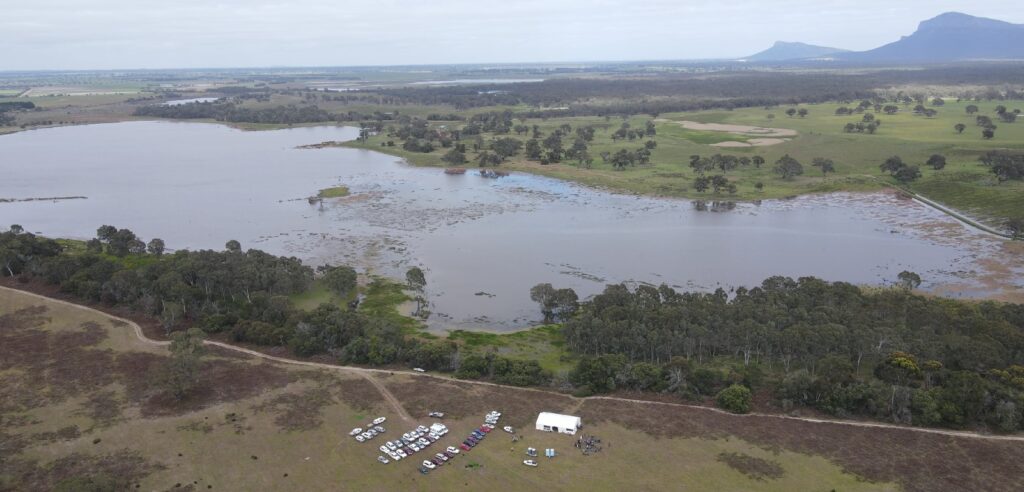Reflecting on NGT’s ‘Grand Tour’ and an epic month of sharing stories of ecological restoration success
As you may have gathered from some of the other articles this month, the last four weeks have been a bit of a whirlwind, personally taking me from north to south, right across this vast continent. As well as attending the SER2023 conference in Darwin, I was invited to give presentations on NGT’s wetland restoration work at two conferences – the Tasmanian Landcare Conference held at the Spring Bay Mill near Triabunna and the Australian Land Conservation Alliance Conference in Canberra – as well as for an on-line webinar hosted by the Society for Ecological Restoration, for the official international launch of a recently published book that NGT contributed towards on Ecological Restoration.
In amongst all of this activity, at the very start of October we somehow also managed to squeeze in a 6-day progressive tour of ecological restoration sites, which NGT hosted and led as part of the 2023 SA Nature Festival. While it is obviously time efficient to share stories and images of restoration projects via presentation format, NGT’s tour was without a doubt the best way to experience what we do – as it gave attendees the chance to see a number of restoration projects up close, at the very locations where the work is underway, and to hear from the ecological restoration practitioners leading the work.
On Day 1, we kicked off the Grand Tour with a visit to the Oaklands Wetlands, where NGT’s Sylvia Zukowski and Glynn Ricketts from the City of Marion, shared the fascinating story of this urban constructed wetland complex on the Adelaide plains, and the role the site is now playing in the conservation of the Southern Purple Spotted Gudgeon. From there, it was off to Glenshera Swamp in Stipiturus Conservation Park on the Fleurieu Peninsula, to learn about peatland restoration in the valley floor, and heathland restoration on the sandy hills surrounding the swamp. To get a sense of Day 1, please follow this link to a more detailed story and take a look at a few images provided below – or you might like to download a pdf of our handout which was provided to participants on the day.
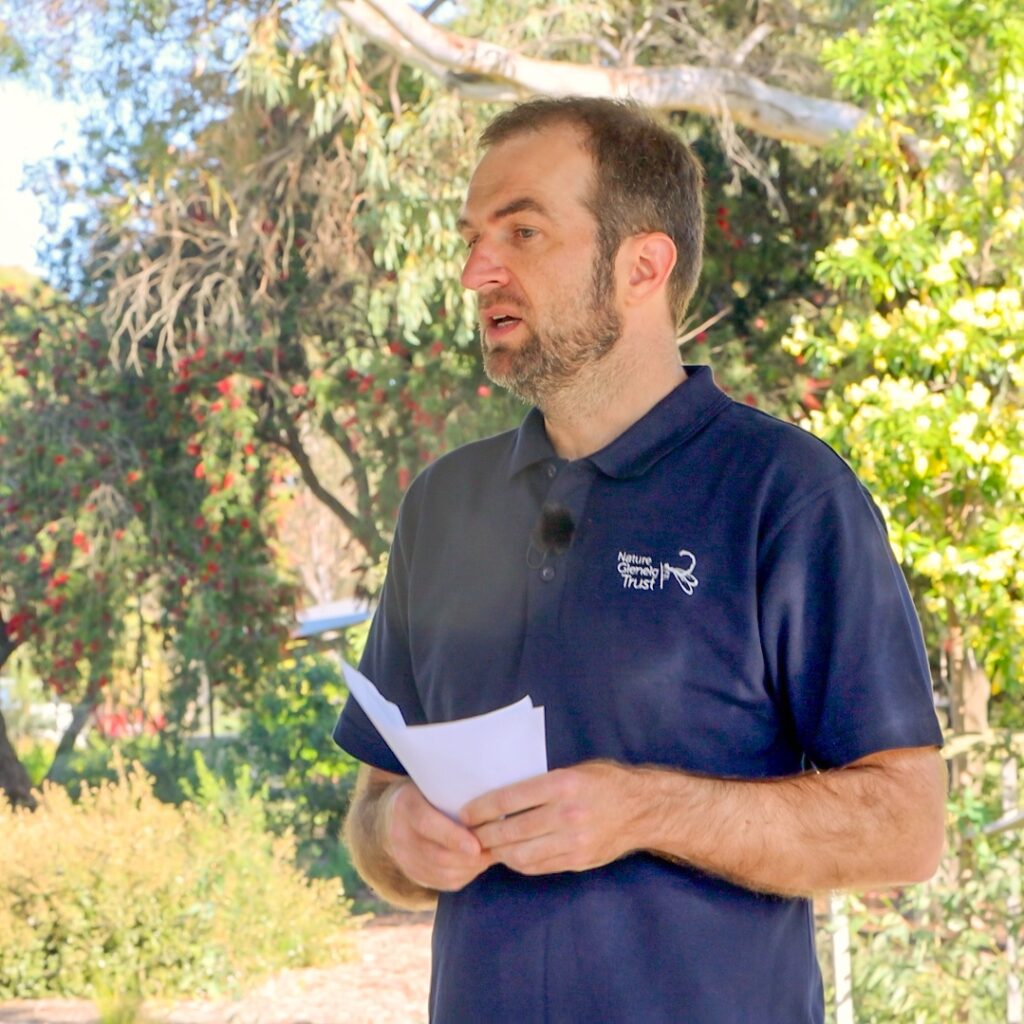
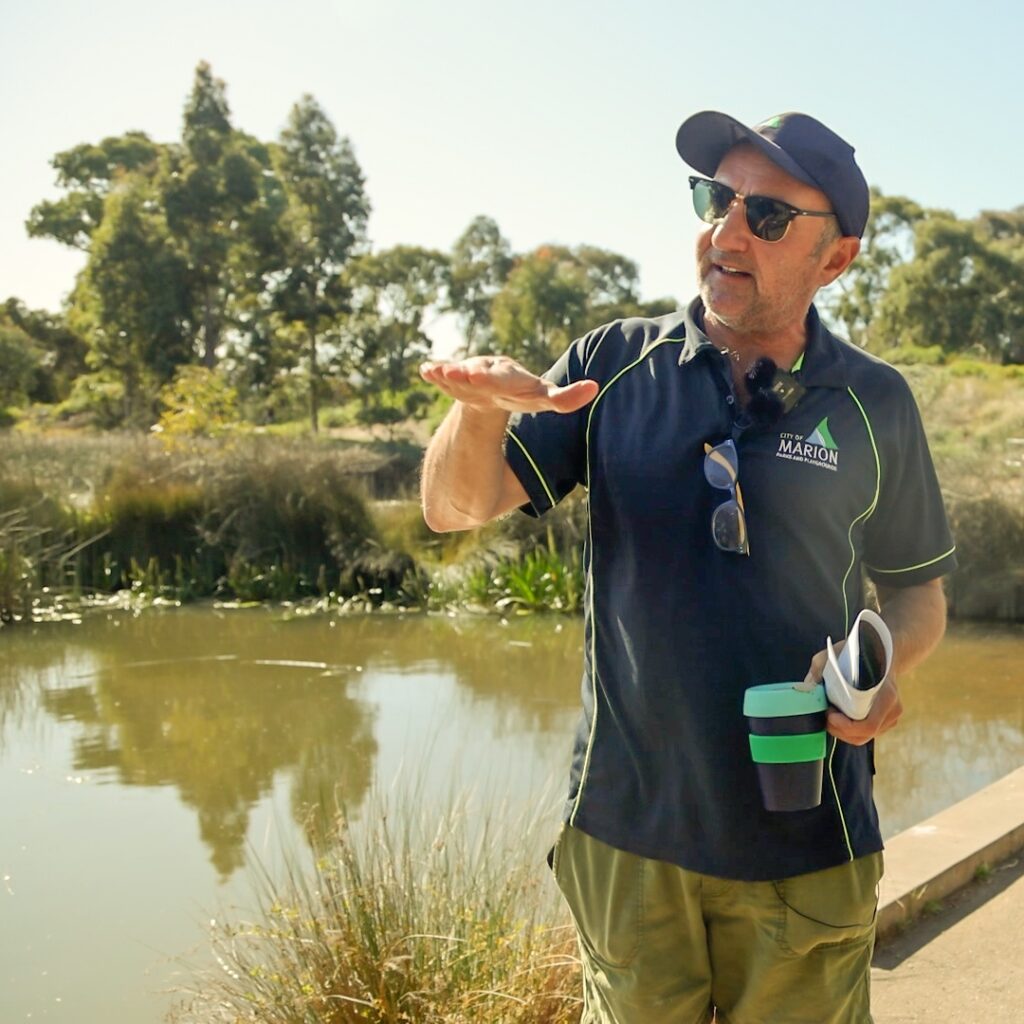
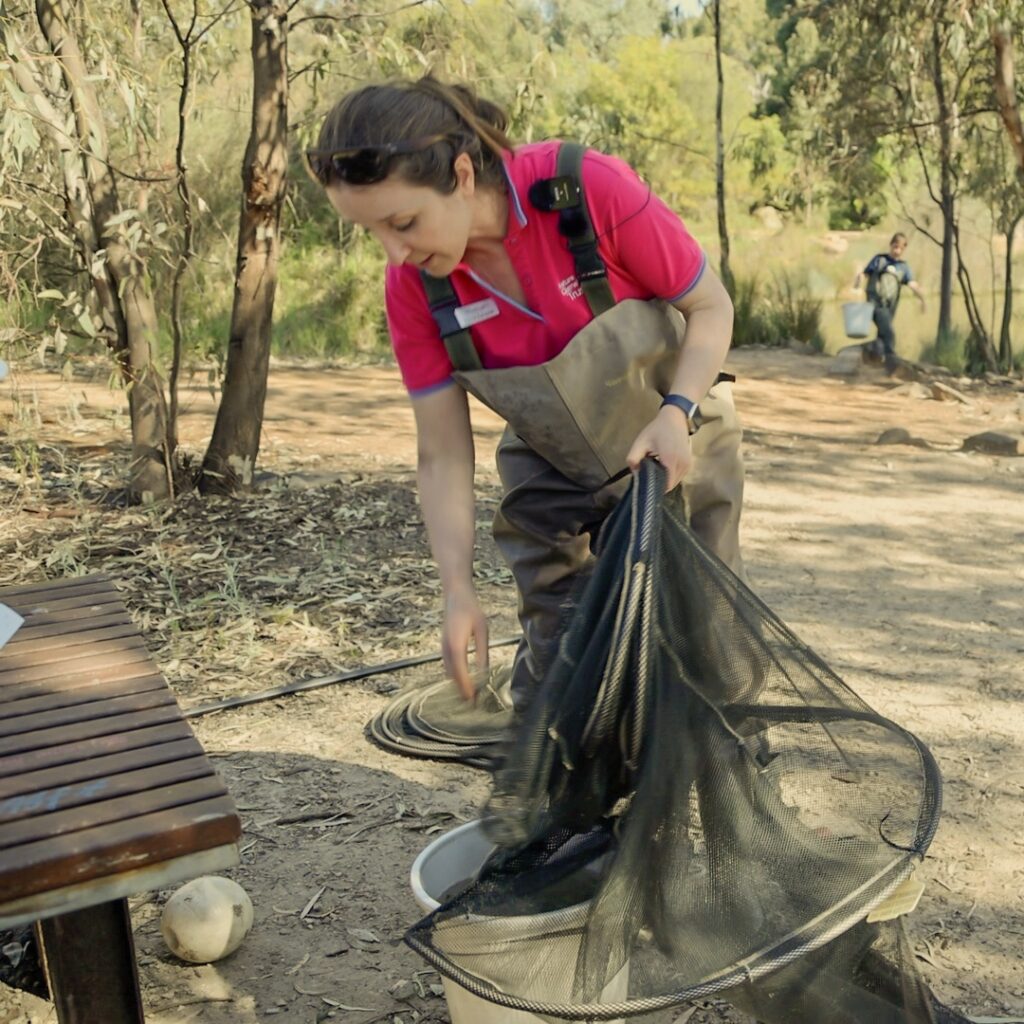
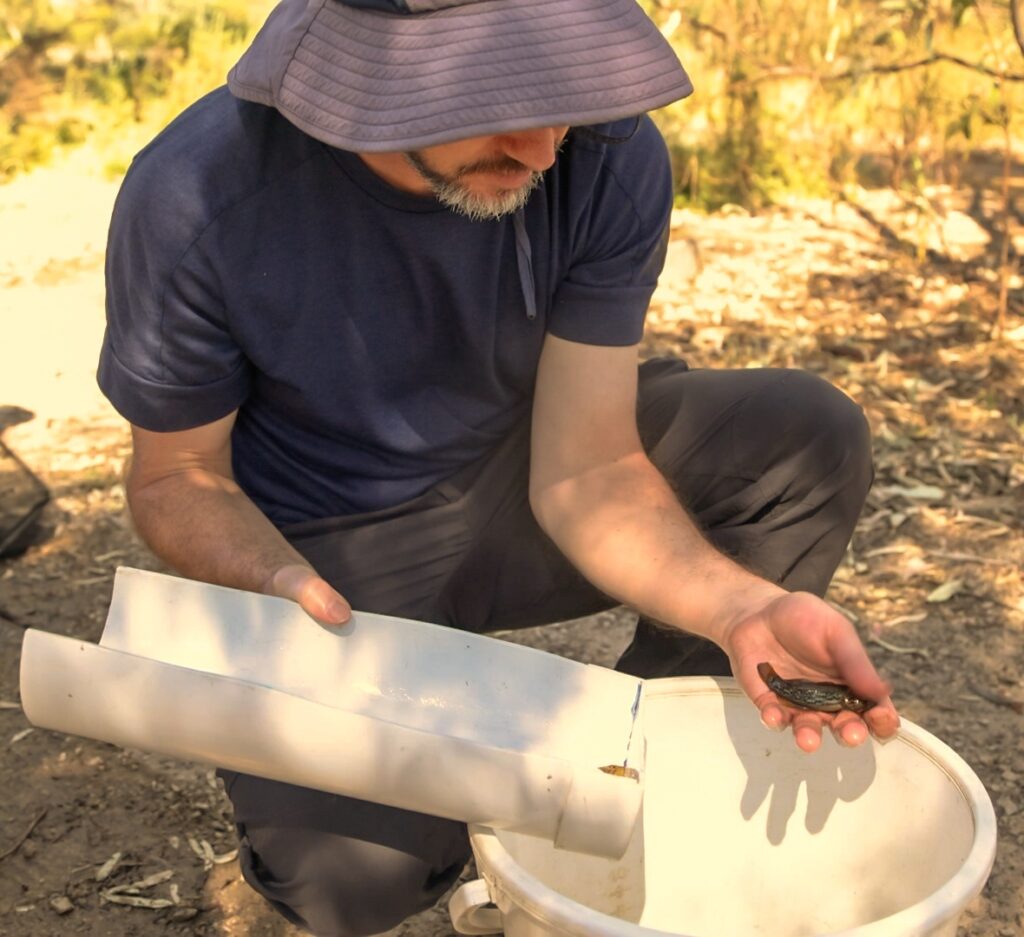
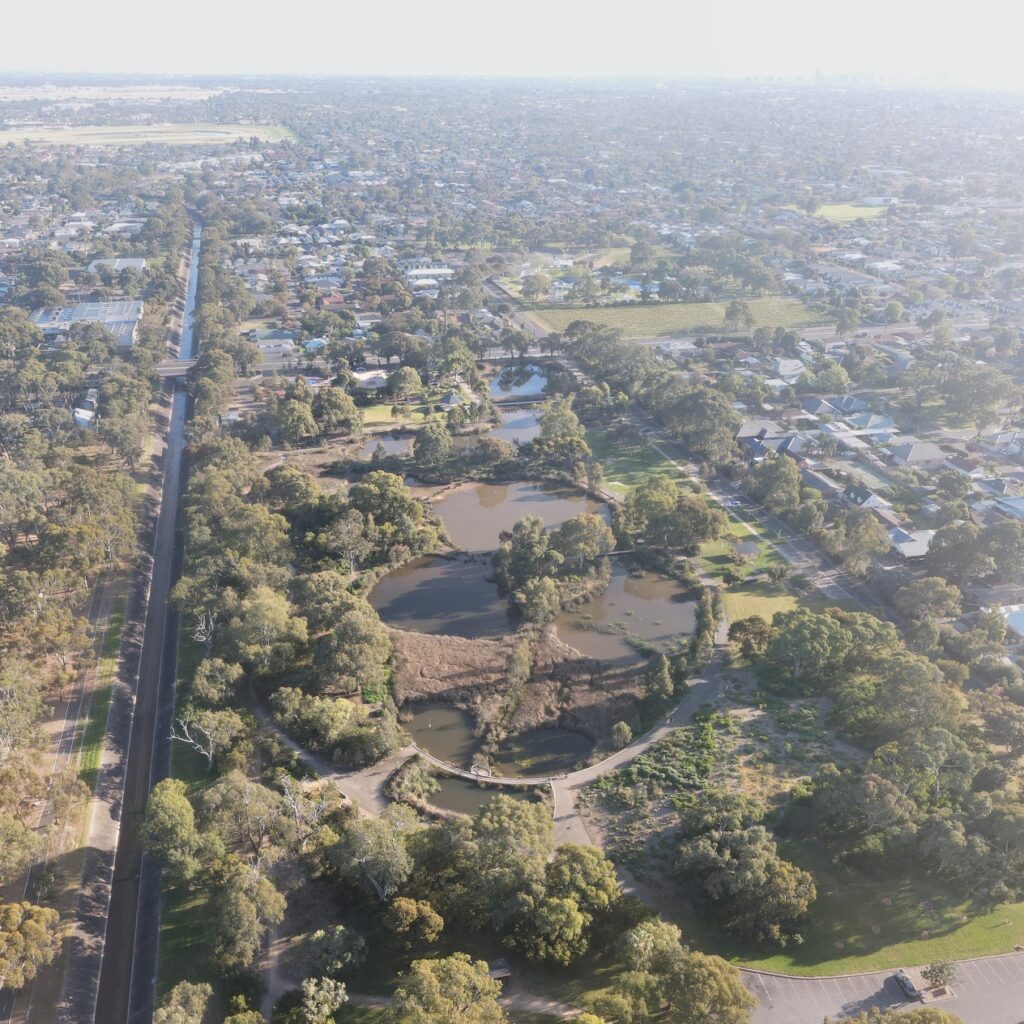
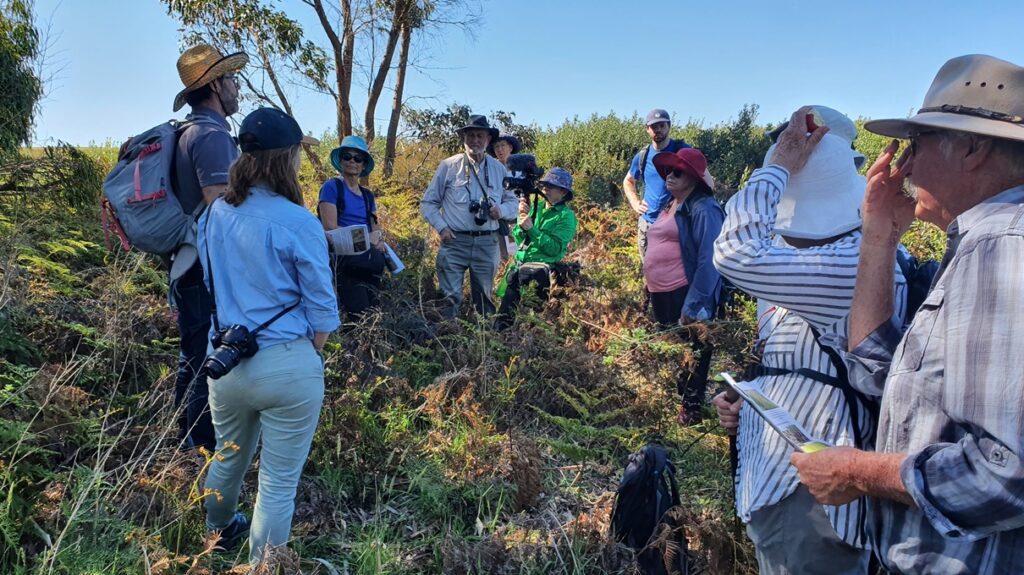
On Day 2, it was time to head east to the more arid woodland environment of the eastern Mt Lofty Ranges, where we were hosted by Associate Professor David Paton of BioR, to explore their Frahns Farm revegetation project site on Crown Land near Monarto. David described the iterative process that the project has been going through in refining their restoration methods, and showed us a range of different sites to illustrate the progress of previously revegetated areas. He also explained the design and operation of the seed orchard that has been set up to allow for increased seed production and harvesting on site, to underpin future restoration efforts.
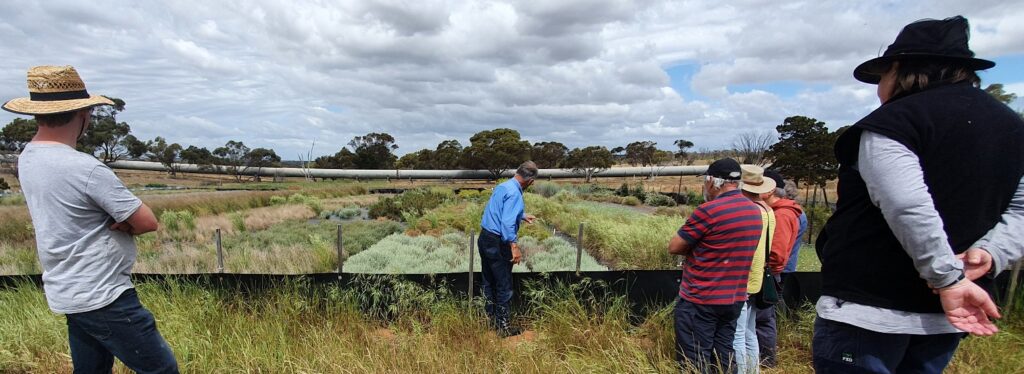
On Day 3, we traveled south to NGT’s Eaglehawk Waterhole Restoration Reserve in the Upper South East, where we met up with NGT’s Bryan Haywood and Andy Lines, as well as Cassie Hlava from the Limestone Coast Landscape Board. Here we heard about and saw examples of different techniques involved in woodland restoration and management, including assisted natural regeneration, active revegetation and fire management, We even got a fantastic look at a small flock of our resident nationally endangered South-Eastern Red-tail Black-cockatoo population. To learn more about Day 3 and NGT’s large-scale woodland restoration project at Eaglehawk Waterhole, this pdf of the handout provided to attendees may be of interest.
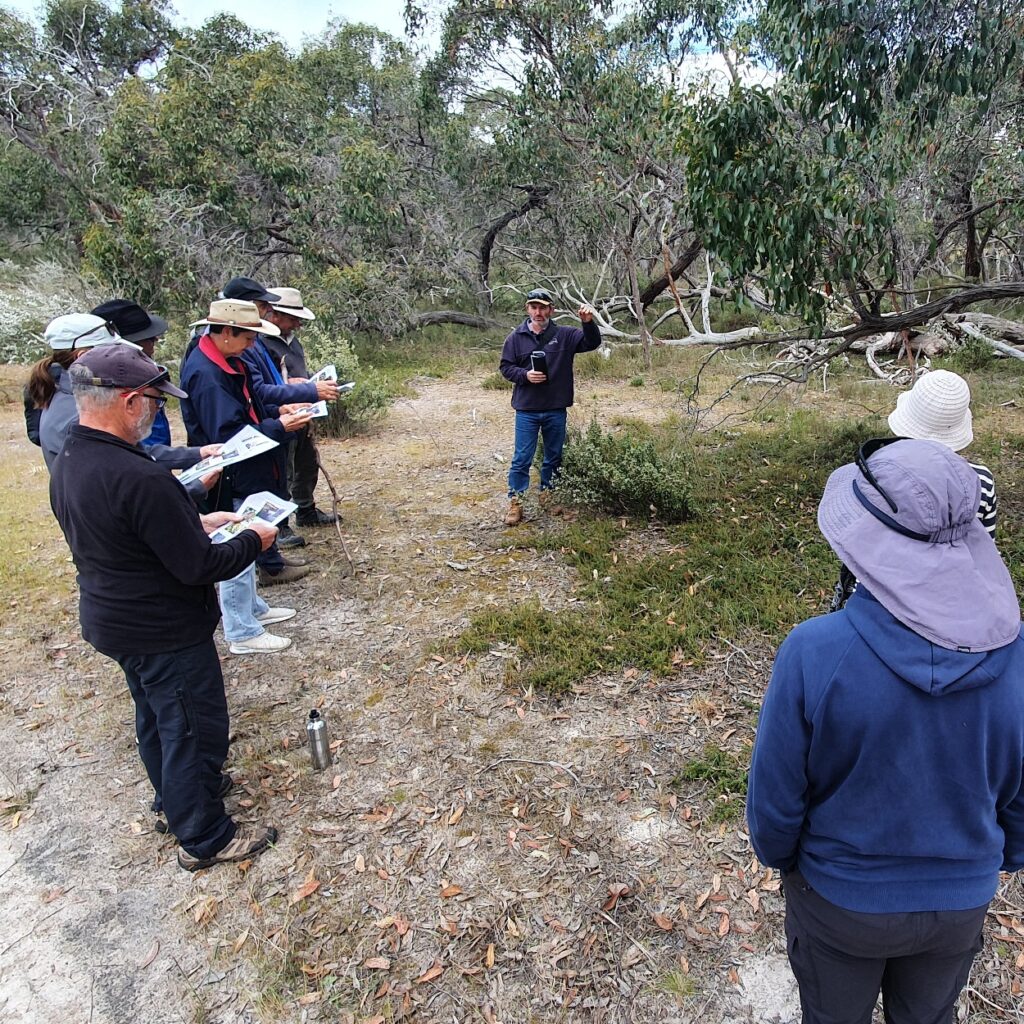

On Day 4, we continued the journey further south, and switched back to the theme of peatlands and wetland restoration at NGT’s Mt Burr Swamp Restoration Reserve. Here NGT’s Bryan Haywood, Sheryl Holliday and myself hosted our guests as we explored the parts of the site under active restoration work – including the recently restored stage 2 wetland area, which you can see in more detail from the aerial images in this recent story. At Mt Burr Swamp, there were lots of stories to be told, including a real highlight – reliving Sheryl’s amazing discovery of a new species of peacock spider (named after Nemo) – in the wetlands of Mt Burr Swamp. If you are keen to learn a little bit more about this site, the notes for Day 4 can be downloaded as a pdf here.
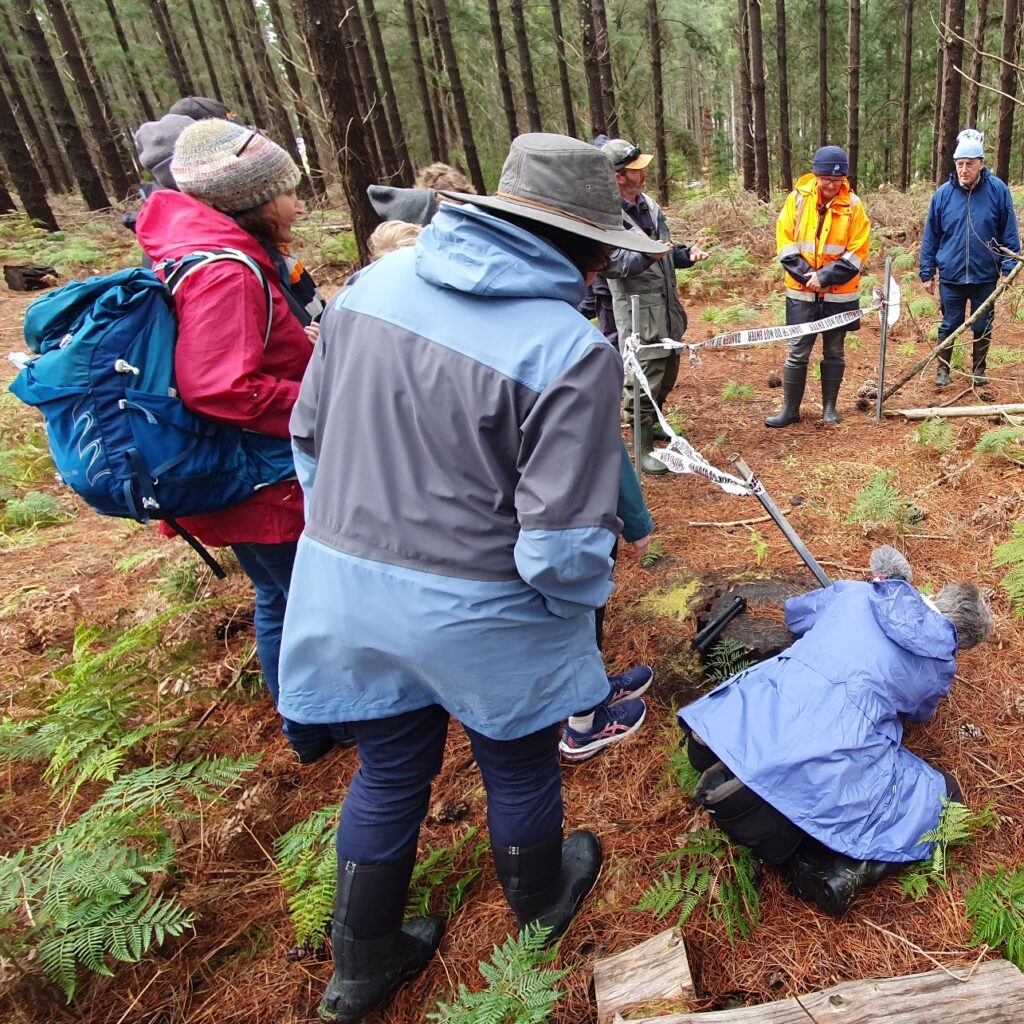
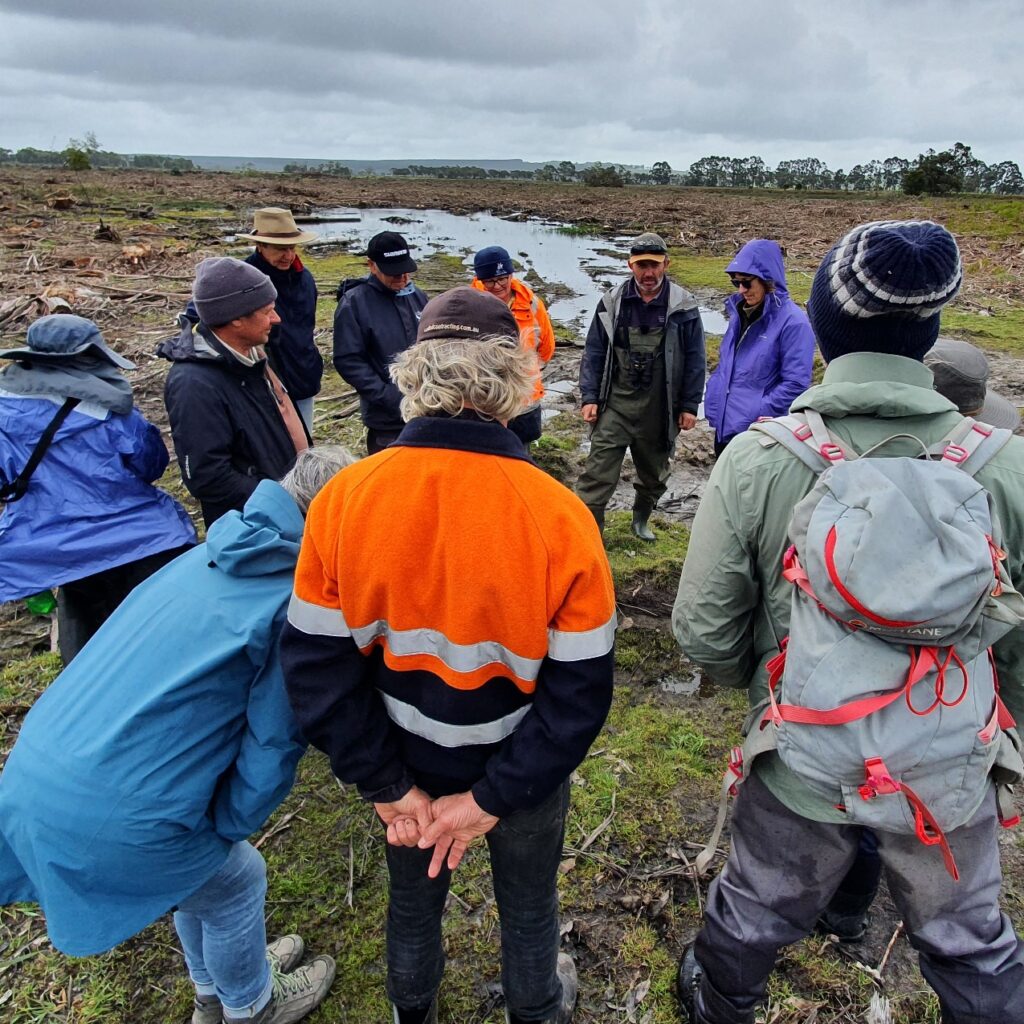
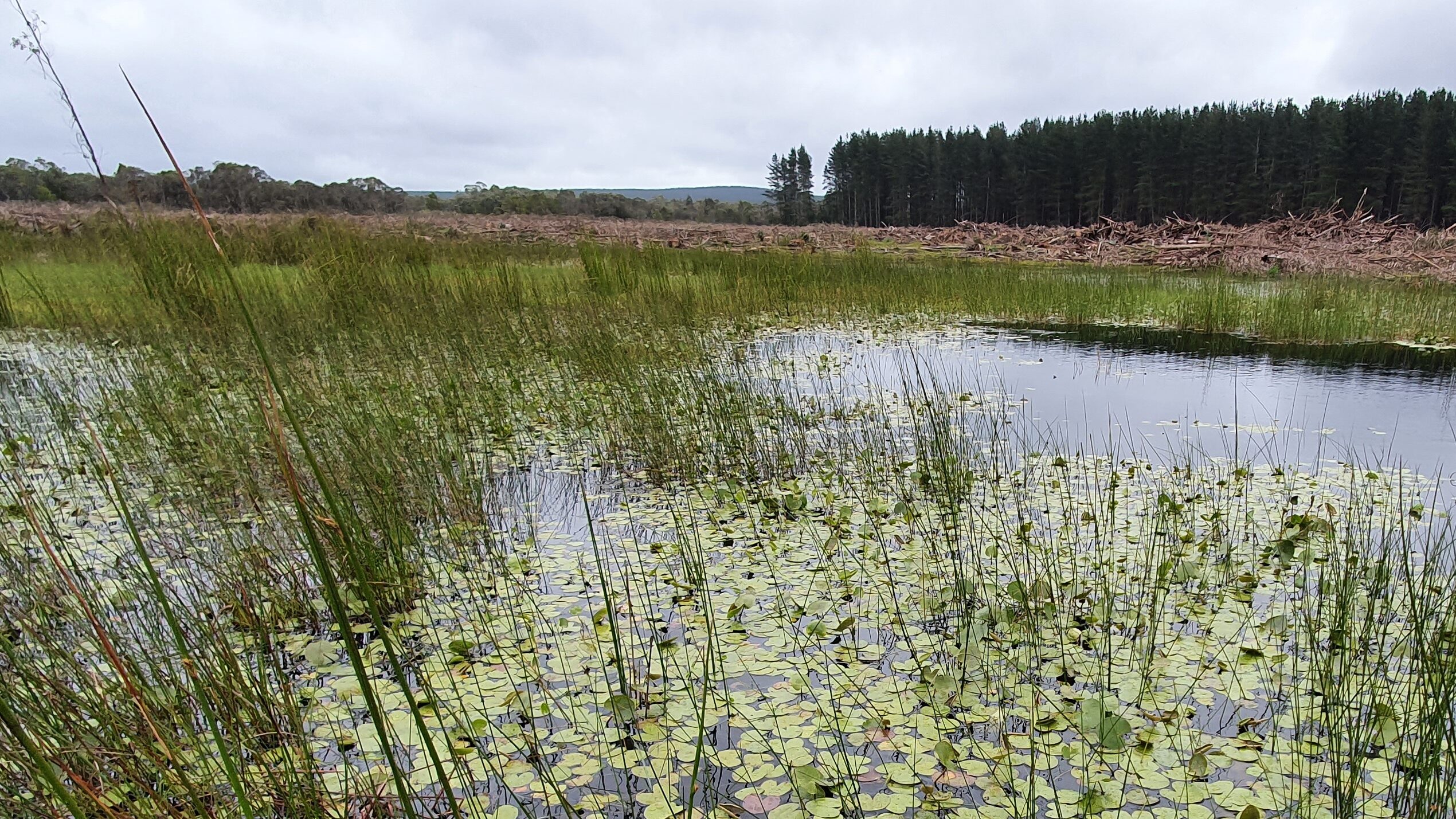
Next up was another big day – with two restoration sites to visit on Day 5. It was also finally time to cross the border and take the Grand Tour into western Victoria. We started the day in Nelson, with a wonderful Welcome to Country from Aunty Eileen Alberts on behalf of local Gunditjmara Traditional Owners, before heading east to visit Long Swamp.
Once we arrived on-site, NGT’s Jonathan Tuck and I provided some insights into the 10 year journey that has seen the Long Swamp Restoration Project within Discovery Bay Coastal Park progress from a trial sandbag structure to a permanently reinstated sand dune, with evidence of the former artificial outlet rapidly disappearing under the recovering native vegetation cover. We also had the opportunity to hear from Dr Michael Hammer about the importance of the monitoring and science that underpins NGT’s restoration work, using the long-term study of recovering native freshwater fish populations in Long Swamp as an example. To learn more about this fascinating project, please refer to the pdf version of the handout provided to attendees on the day.
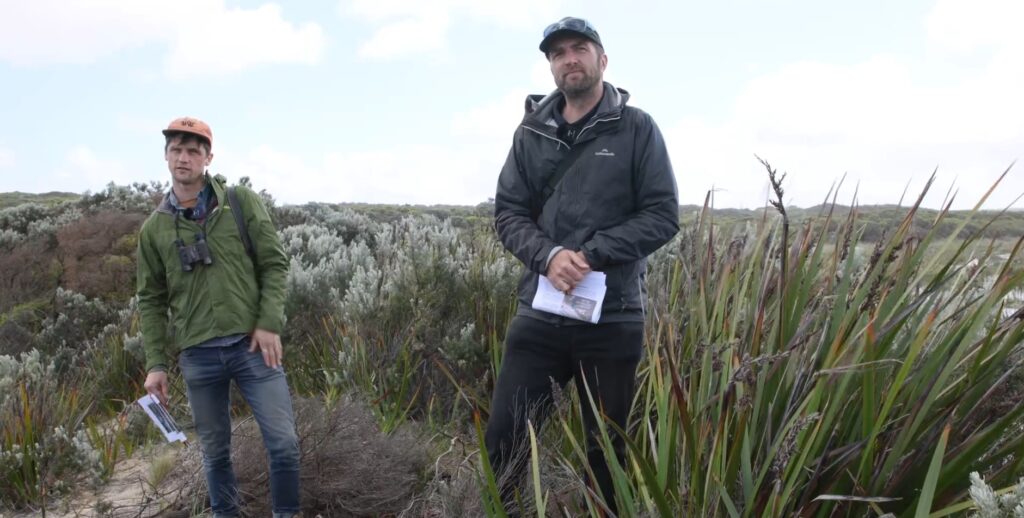
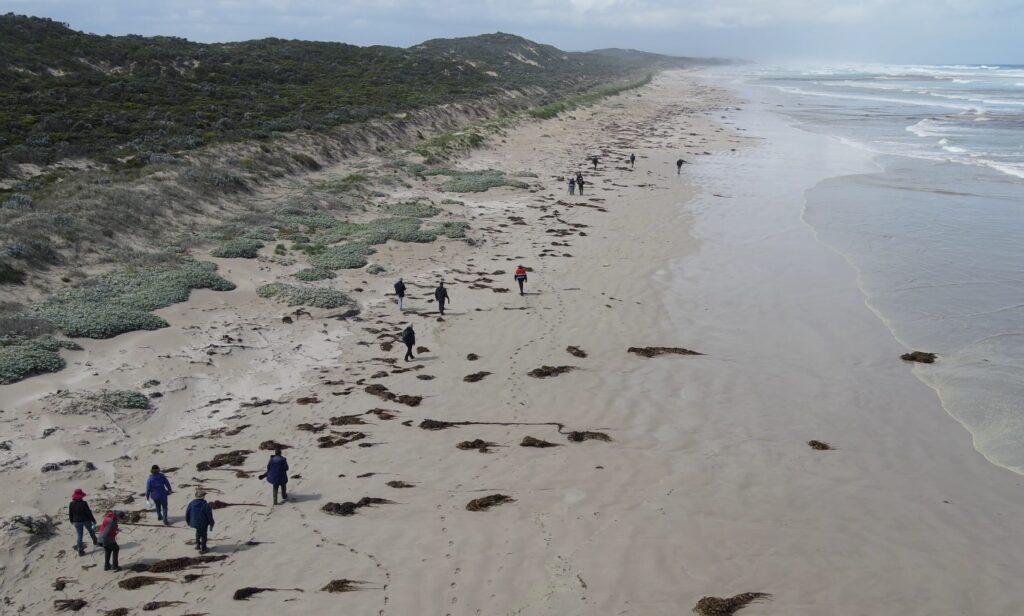
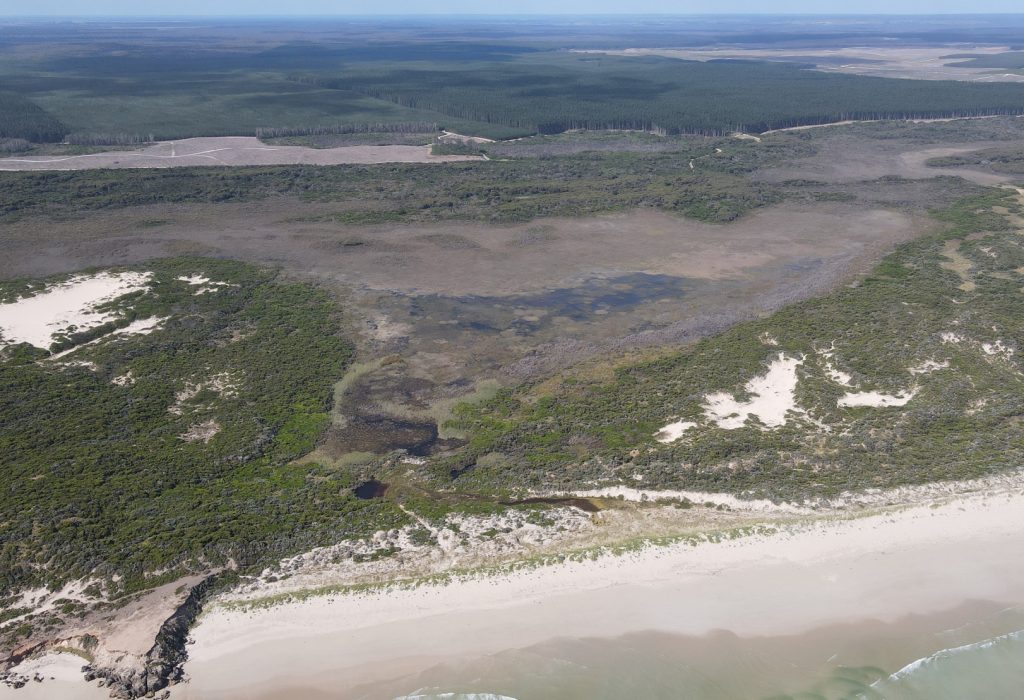
After our morning coastal adventure came to an end, it was time for our convoy to head to NGT’s Mt Vandyke Restoration Reserve, embedded deep within the forests of Cobboboonee National Park. Here we met up with NGT’s Melissa Herpich and John Bradford, to learn about this multi-faceted ecological restoration project, where grassland restoration is taking place behind a predator-proof fence that will be used as a safe haven for future small mammal recovery projects. To view the handout notes that were shared with attendees, please click here.
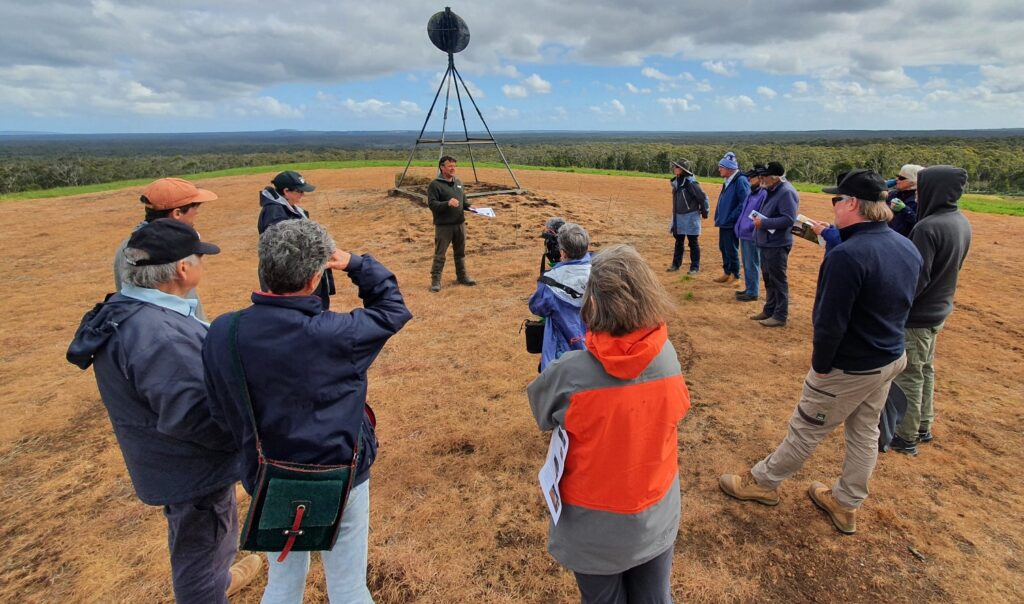
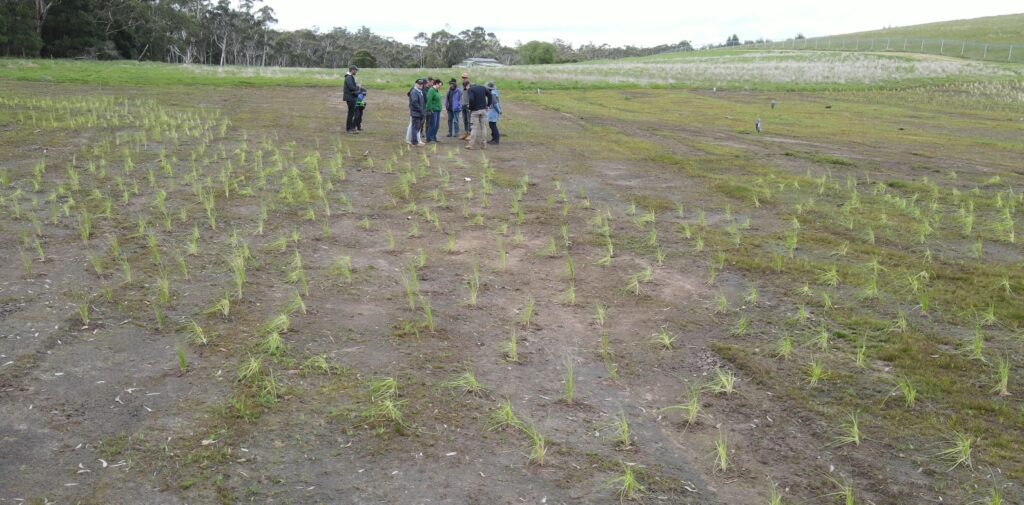
Finally, on Day 6 of the Grand Tour, and after hosting groups of between 15 and 25 attendees each day, our numbers swelled to over 100 people as we ended our adventure with the 2023 land purchase celebration at NGT’s Walker Swamp Restoration Reserve. To see the photos and a description of the event, please click this link to view the separate article in this month’s newsletter.
The Walker Swamp event was a fitting end to a massive week of adventure, spent with a fantastic group of people. Thanks to everyone who came along and took part, and to the wide range of NGT staff and our partners from other organisations who assisted or shared their knowledge of ecological restoration throughout the tour. It is clear that together we are making a real difference across this magnificent landscape.
PS – a huge thanks to Ben, Melissa and Tess for your help with logistics, resources and coordinating the Grand Tour, and to Toni for leading logistics and planning for the Walker Swamp event on Day 6.
